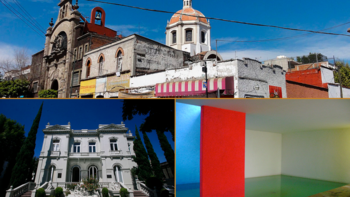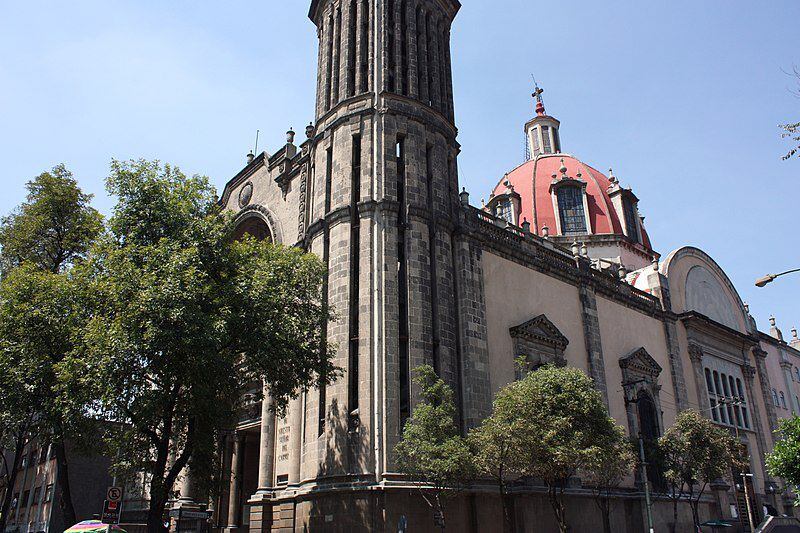
The colony of San Miguel Chapultepec, as we know it today, was developed in the 20th century and it was until 1913 when it was granted the title of colony, along with the Escandon and San Pedro de los Pinos. Most of the houses have a rear, central or side patio and many of them have a small garden, so the homogeneity of their constructions is still appreciated.
The streets of the colony bear the names of generals and governments of Mexico, the buildings are mainly houses and today several are government spaces or offices. Its architecture is an expression of the European style of the time.
According to the book The Construction of Mexico City, 19th and 20th Centuries, which explains the origin of neighborhoods, colonies and districtions, it is known that the founding of the San Miguel Chapultepec people took place shortly after the Conquest of Mexico around 1530, when the hill became a precious commodity for its springs of water and become part of the town hall. The name comes from the construction of a hermitage or chapel built on an old Mexica settlement between 1556 and 1558 on orders that Viceroy Don Luis de Velasco gave to arife Claudio de Arciniega, architect of the Metropolitan Cathedral of Mexico.

In 2005, a document was drawn up where more than 100 important constructions are located that must be preserved, turning this colony into a heritage area. One of them is the Open House to Time, located on Pedro Antonio de los Santos 84, was built in the 19th century. In its time it was used as a house, but today the site is used by the Autonomous Metropolitan University. It was a luxurious mansion inhabited by Ezequiel Padilla, who held various public positions, including that of Secretary of Education.
The Gilardi House, designed by architect Luis Barragán in 1976, contemporaneously preserves the same style as the gardens and patios of the traditional houses of the San Miguel Chapultepec neighborhood, is one of the most visited places in the colony. It was the last project that the architect did because he mentioned that he was too old to continue doing it. The house was built as a personal order, as Gilardi asked him to build a house in the Barragán style; it took 6 months to have the proposal and 9 more months before it could be seen complete.

Walking through the colony you can find many galleries, one example being La Galeria de Arte Mexicano (GAM), which is considered to be the first to be established in Mexico City, and was founded in 1935. His exhibitions included paintings by Diego Rivera, Rufino Tamayo, José Clemente Orozco, among others. It is still used today to present exhibitions.
This colony has two churches: the Parish of St. Michael the Archangel, which was built during the first half of the 20th century, and is recognized as being quite small. The second is the Parish of Our Lady of Carmen, known as La Sabatina and is located at the other end of the colony, the title of parish was given until 1972.

In 2005, INAH announced that 40 human skeletons of adults and children were found with their hands crossed at chest level under the bridge of the Interior Circuit, as well as different ceramic artifacts dating from the 16th to the 19th centuries.
KEEP READING:
Últimas Noticias
Debanhi Escobar: they secured the motel where she was found lifeless in a cistern

The oldest person in the world died at the age of 119

Macabre find in CDMX: they left a body bagged and tied in a taxi
The eagles of America will face Manchester City in a duel of legends. Here are the details

Why is it good to bring dogs out to know the world when they are puppies




